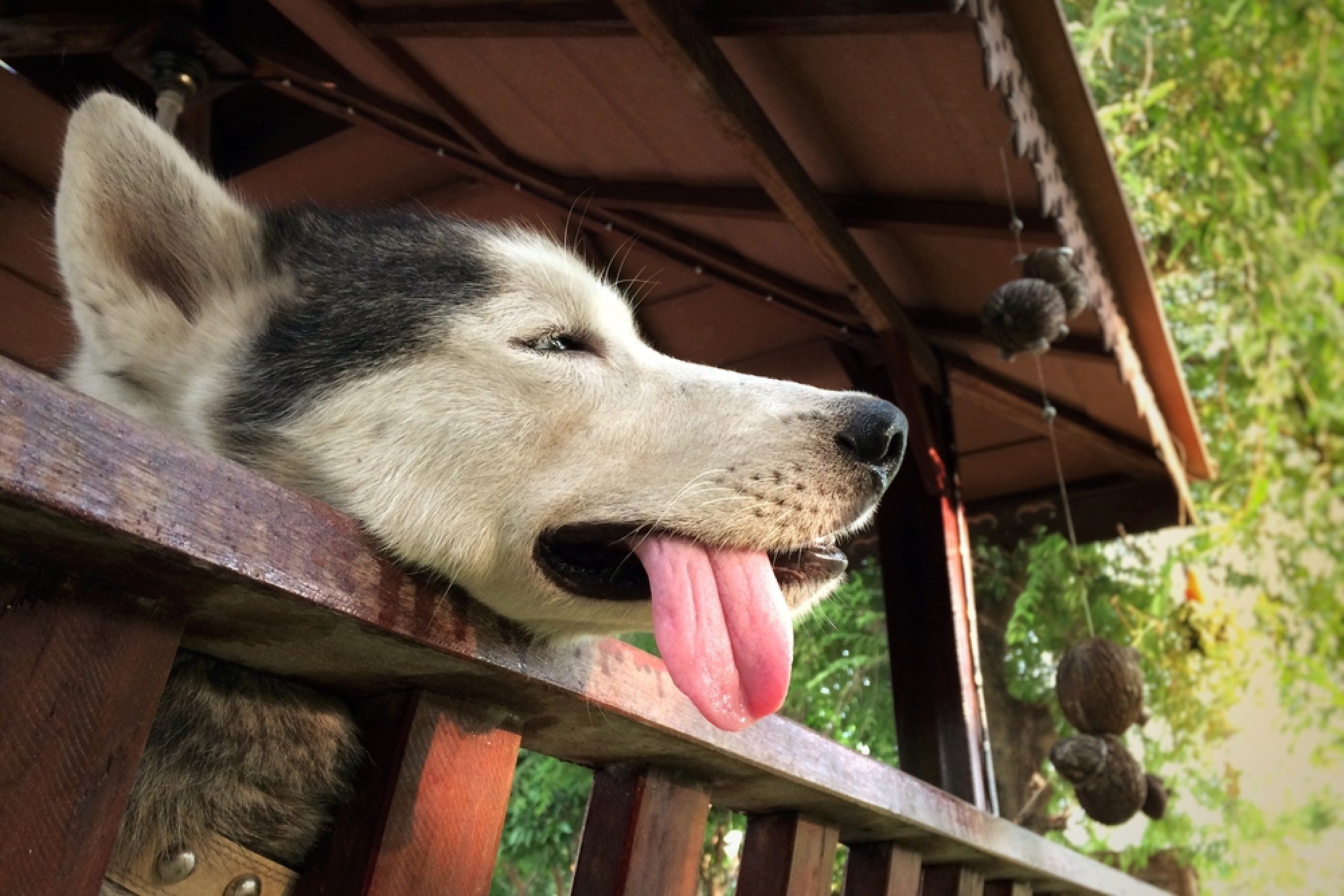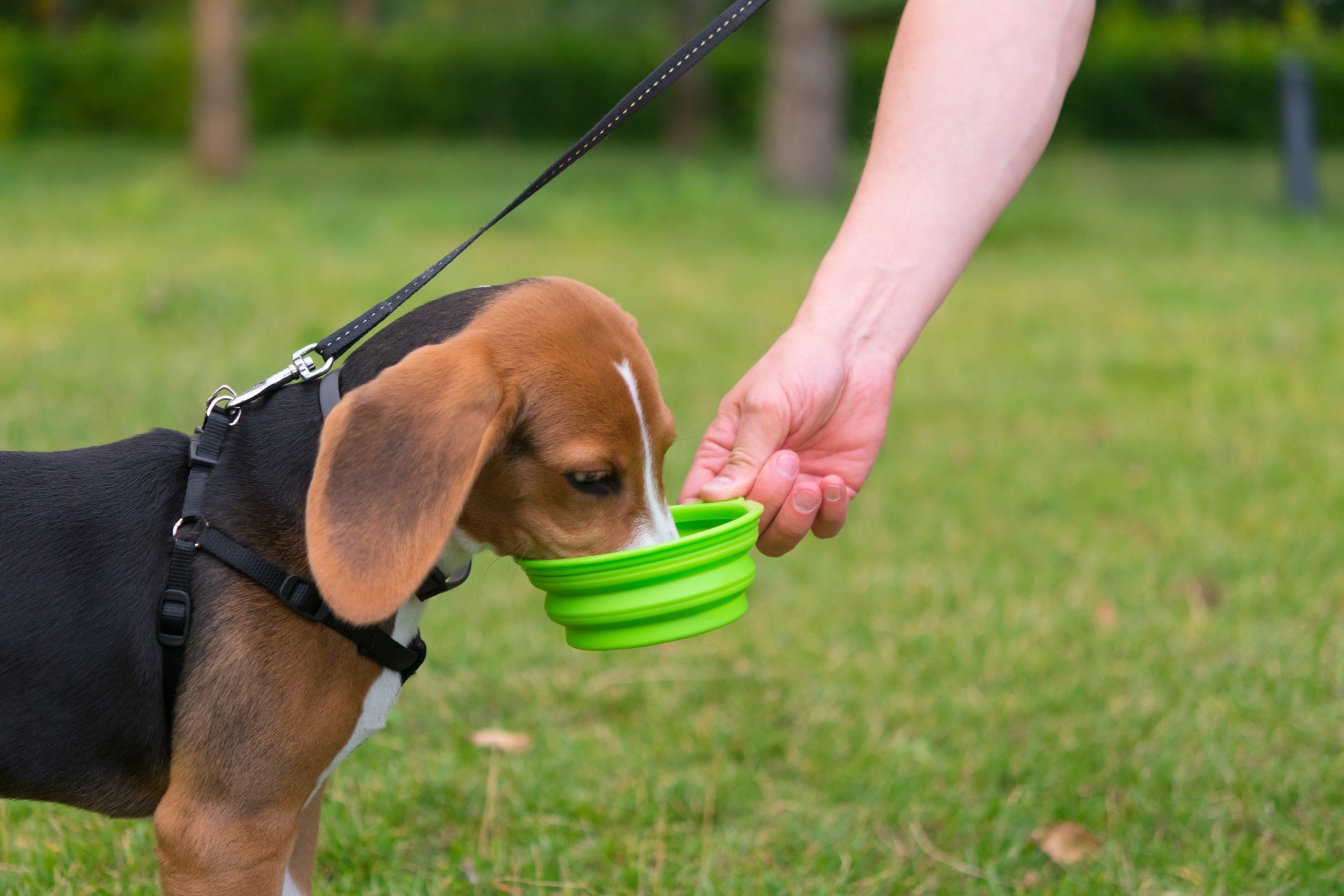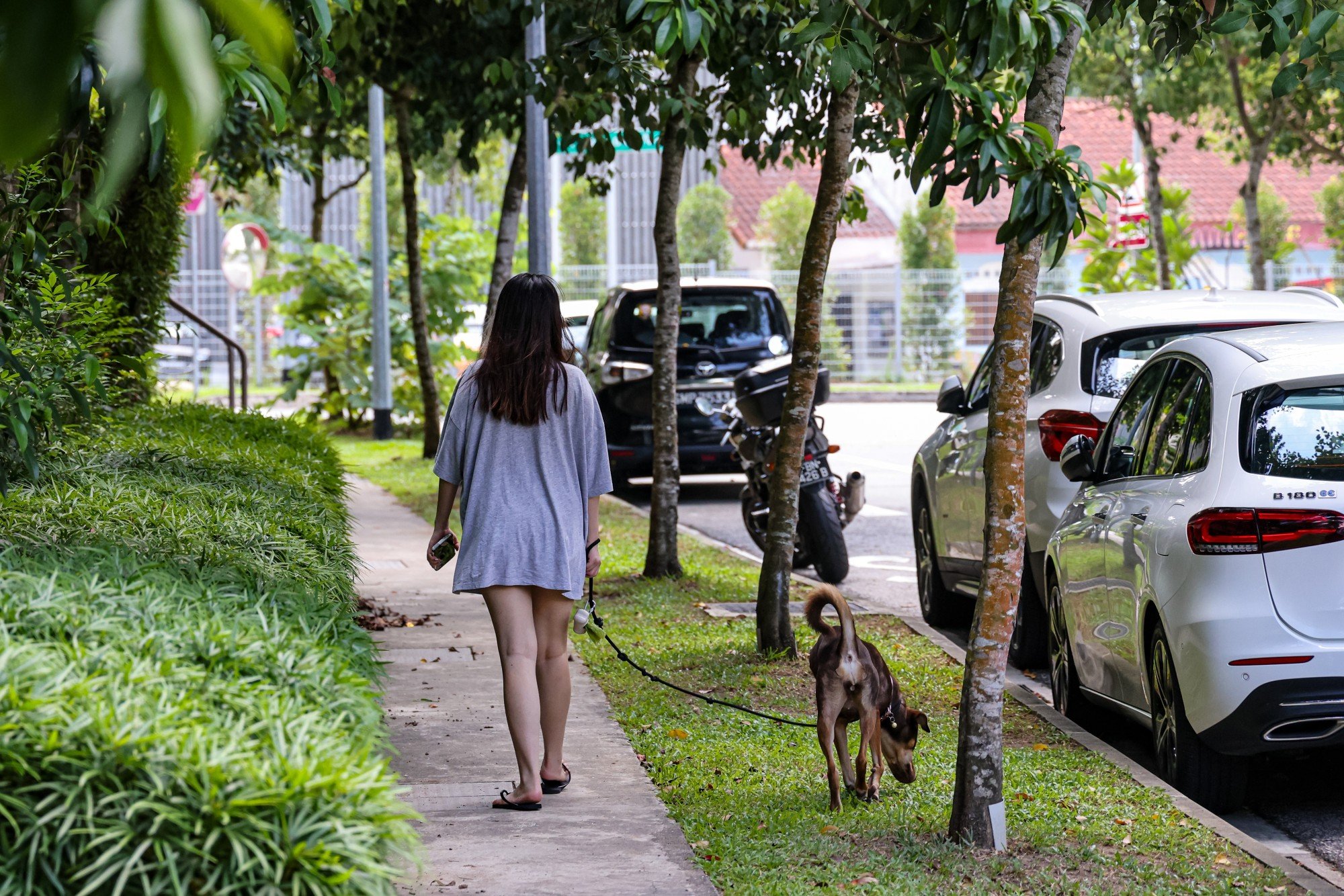Heatstroke for a dog is life-threatening. Symptoms include weakness, seizures, coma and brain damage.

It is also a painful way for a dog to die, says Dr Lloyd Kenda of Hong Kong’s Valley Veterinary Centre.
Particularly vulnerable are older and obese dogs, Kenda says, as well as snub-nosed (brachycephalic) breeds such as pugs, bulldogs, boxers and Pekinese.
Just brief exposure to heat can be dangerous.
Don’t let your pet be a victim, but also keep an eye out for other pets that may not be cared for properly
“It does not take long for a walk in the summer to turn to disaster,” Kenda says. “I’ve seen dogs die from heatstroke after only walking for less than an hour.”
Kenda also warns against leaving pets in cars, on balconies or any exposed place during the hot months.
According to The Humane Society of the United States, when it is just 22.2 degrees Celsius (72 degrees Fahrenheit) outside, the temperature inside a car can heat up to 46.7 degrees Celsius within an hour. At 26.7 degrees Celsius outside, the temperature inside a car can heat up to 37.2 degrees Celsius within just 10 minutes.
“Don’t let your pet be a victim, but also keep an eye out for other pets that may not be cared for properly,” Kenda says. “If you suspect an animal is in heat stress, call the authorities to get access to help the animal.”
In Hong Kong, you can call the SPCA’s 24-hour rescue hotline (2711 1000), the police on 999, or the Agriculture, Fisheries and Conservation Department on 1823.

There are two main ways for a dog to lose heat from its body: conduction and evaporation, with evaporation being the most effective.
As dogs do not have sweat glands all over their body like humans, the most effective way for them to lose heat via evaporation is by panting, Kenda says.
“The dog’s tongue hangs out and is very pink as the blood vessels dilate to enable the blood to be cooled by the evaporative process.”
The dog will breathe rapidly to exchange the air as fast as possible, he explains.
“Remember that this evaporative cooling implies that moisture is lost from the dog’s body. This moisture needs to be replaced by drinking, otherwise the dog will rapidly dehydrate.
“Generally, evaporative cooling by panting is a good technique to lose heat. Unfortunately the effectiveness of evaporative heat loss diminishes when the ambient humidity is 70 or more, which is almost every day in Hong Kong during the summer. So beware.”

Losing heat via conduction is not very efficient and is also greatly retarded when the dog has a thick hair coat, Kenda adds.
How to stop your dog getting heatstroke: Kenda’s advice
-
Be sensible when considering taking your dog for a walk outside. Think how comfortable you would be going for a walk in a fur coat and not being able to sweat to lose heat. Early morning and evening are best.
-
Make sure you have plenty of water for your dog to compensate for the extra moisture lost by evaporative cooling. Collapsible drinking bowls for your dog are easy to carry.
-
Beware of giving dogs water from streams and ponds; a tiny parasite that causes diarrhoea, called giardia, can lurk in these. It is best to carry water for your dog and yourself.
-
Don’t walk in the direct sun but choose a shady path. Be mindful of hot surfaces like pavement or cement, which can quickly burn a dog’s paw pads.
-
Stop often to enable the dog to pant, drink, rest and fully immerse in water if possible. Ensure it is fast-flowing water, to avoid possible exposure to leptospirosis, a bacterial infection often spread through rat urine.
-
Heatstroke does not just occur on a walk. Never leave your dog in a parked car during the summer months; even with the windows cracked open, it heats up like an oven in minutes. Never leave your dog on a small balcony or rooftop in the full sun. Always ensure that your dog has plenty of fresh drinking water.
Key signs of heatstroke in dogs
-
Heavy panting
-
Distressed and restless
-
Drooling, with bright red gums and tongue
-
Unwillingness to continue walking or running, or stumbling or collapsing
-
Vomiting or diarrhoea
If your dog shows signs of heatstroke, take it into a shady area and put it in cool water if available, or pour water over it.
Carry the dog to lessen its exertion, and get to a vet as soon as possible, as every minute counts.

At the veterinary hospital the dog will be placed in a cool water bath and covered with ice packs. Intravenous fluids will be administered to help overcome the shock and to rehydrate the dog. The aim is to get the temperature down as quickly as possible and stop damage to vital organs.
Preventing heatstroke is better than trying to save a heatstroke victim. Common sense and acting quickly if trouble arises are key. Think before you take your dog on a walk and keep an eye out for other dogs on walks that may be in difficulty.







